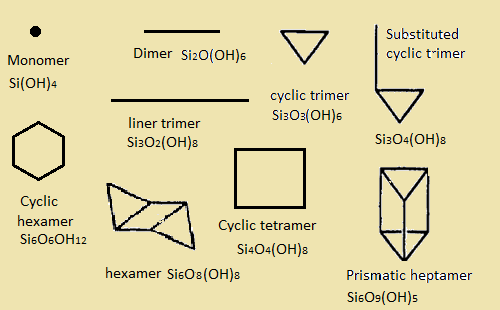Fatherearth. How much time does it take to complete one full run depending on how many cycles to the final purging?
One run, frozen column, floods until butane runs clear, 4 max, about 30 min, then it sits in the collection pot for final vacuum for a minimum of 5-10 mins or so unless Im in a hurry or switching out columns. Ive done up to 6 columns before collecting and it gets excruciatingly slow. I now do two columns , scrape then reload.
FE




